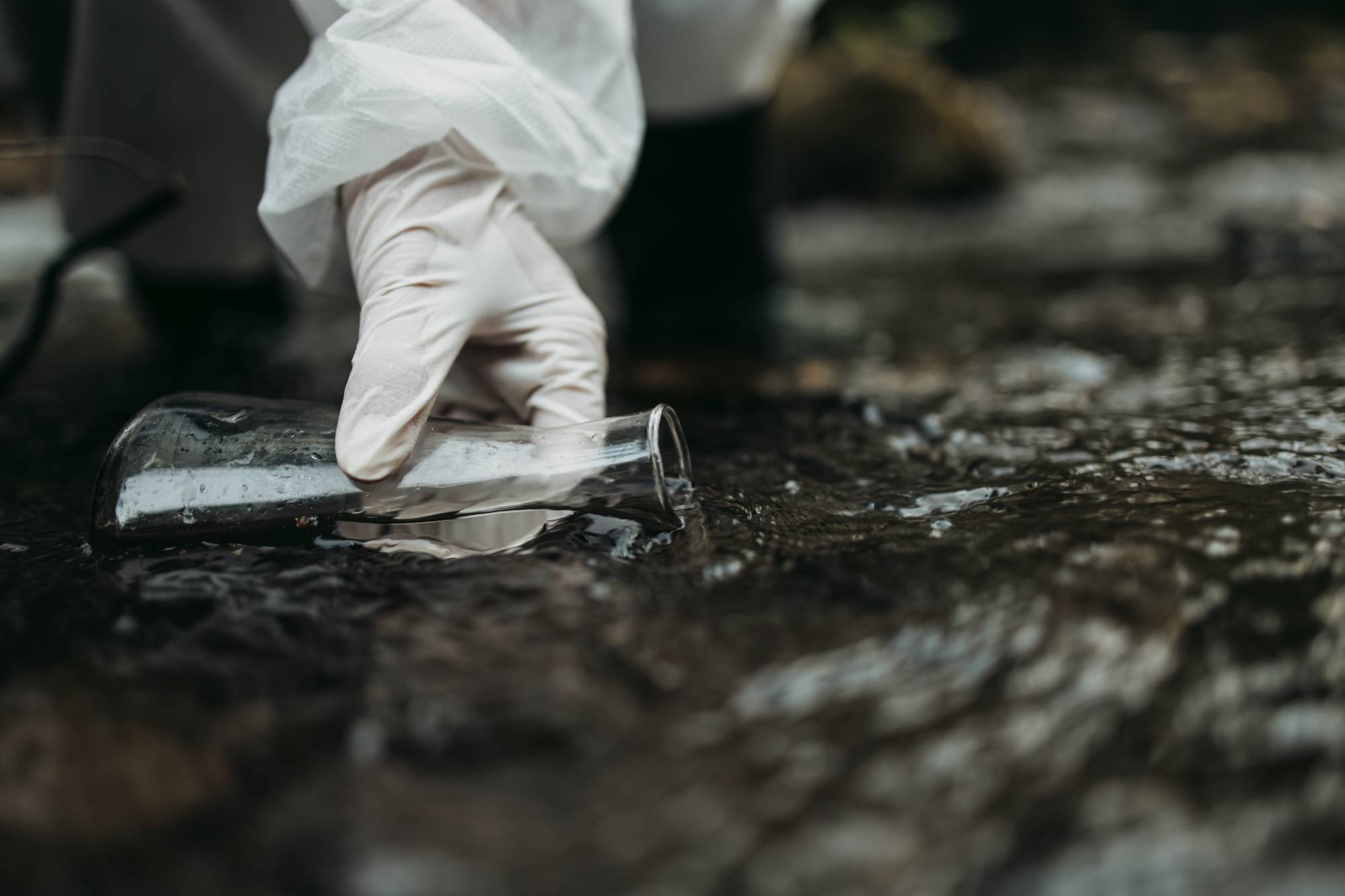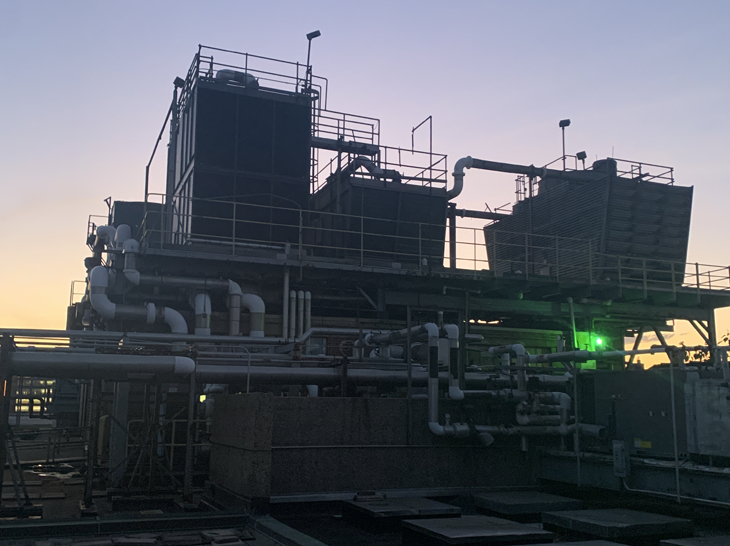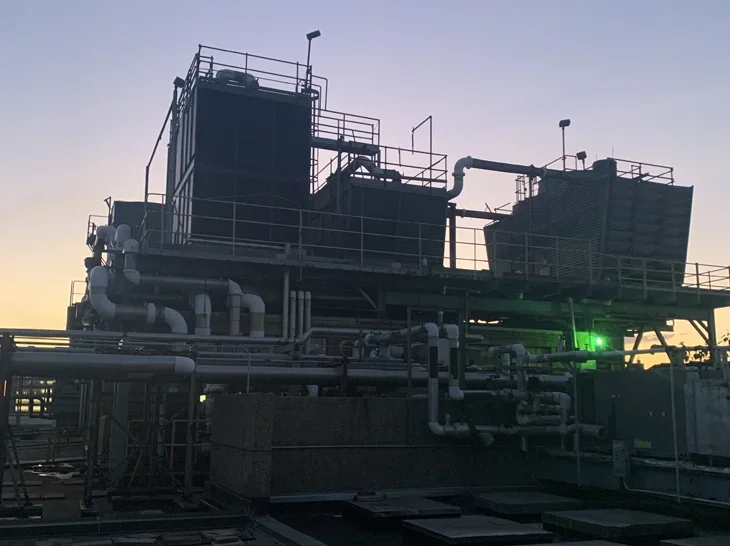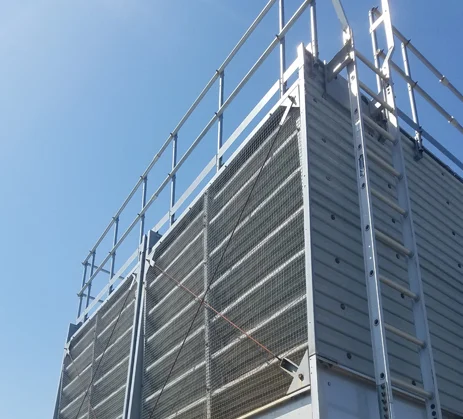
Understanding the Importance of Generalized Water Testing
It’s no secret that water is an essential aspect of our lives. From drinking and cooking to showering and cleaning, water is a vital resource that we rely on every day.
But have you ever stopped to think about the quality of the water you use? Many people assume the water they drink from the tap is safe; it can be contaminated with bacteria, parasites, and harmful chemicals.
This is why generalized water testing is vital to ensure the safety and quality of our water supply. In this post, we will explore the importance of generalized water testing, its benefits, and how it can help protect your health.
Let’s get started!
What is Generalized Water Testing?
Generalized water testing is the process of analyzing water samples to determine their quality and safety. It involves testing for factors such as pH levels, bacteria and pathogen presence, and chemical contaminants that can harm human and pet health.
The tests are typically conducted by certified laboratories that follow strict protocols to ensure accurate results. The collected samples are analyzed, and the findings are compared against established water quality standards and guidelines.
Why is Generalized Water Testing Important?
As mentioned earlier, contaminants such as bacteria and chemicals can cause illness, making it critical to detect them early on. This is especially important for vulnerable groups such as children, pregnant women, and immunocompromised individuals who may be more susceptible to these contaminants’ adverse effects.
Water quality testing also helps ensure that water meets certain standards set by the Environmental Protection Agency (EPA). These standards determine the maximum allowable levels of contaminants in our water supply and are enforced to protect public health.
By testing the water chemistry, we can identify if your water supply meets these standards and take necessary measures to address any issues. For instance, if a water sample shows high levels of lead, prompt action can be taken to resolve the issue.
Common Contaminants Detected in Generalized Water Testing
There are several types of contaminants that can be found in water, each with its own potential health risks. Some of the most common ones include:
-
Lead
Old pipes and plumbing fixtures (especially those made before 1985) can contain lead, which can leach into the water supply. Consuming high levels of lead can cause developmental and neurological issues, especially in children.
-
Nitrates
Nitrate contamination is usually caused by agricultural runoff and fertilizers. Consuming nitrates in high levels can be especially harmful to pregnant women and infants, leading to a condition called methemoglobinemia or “blue baby syndrome.”
-
Iron
While iron is not necessarily harmful to human health, high levels of it in water can cause discoloration and staining. It can also affect the taste and odor of water.
-
Legionella
Legionella bacteria are known to cause Legionnaires’ disease, a severe form of pneumonia. This type of contamination is more common in stagnant water systems, such as those found in buildings with poorly maintained plumbing.
-
Arsenic
Arsenic is a naturally occurring mineral that can be found in groundwater. If consumed at high levels, it can cause a range of health issues, including cancer, cardiovascular disease, and neurological effects.
-
Chlorine
Chlorine is commonly used as a disinfectant in municipal water systems. While it helps kill bacteria and other harmful microorganisms, consuming too much chlorine can irritate the eyes, skin, and respiratory system.
Benefits of Regular Generalized Water Testing
To ensure safe water quality, it is essential to test for potential contaminants regularly. Some benefits of doing so include:
Protecting Your Health
By identifying and addressing any potential contaminants, regular water testing can help prevent adverse health effects caused by drinking contaminated water. This is especially important for children, pregnant women, and individuals with compromised immune systems.
Peace of Mind
Knowing that your water is safe to drink can provide peace of mind to you and your family. Regular testing can give you confidence in the quality of your drinking water.
Preventing Costly Repairs
Detecting issues with your water supply early on through regular testing can save you from expensive repairs or replacements in the future. For example, identifying high levels of iron in your water can help you take steps to prevent damage to your plumbing system.
Complying with Regulations
Some areas have specific regulations for water quality testing, particularly for businesses or public facilities. Regular testing ensures compliance with these regulations and helps maintain the overall safety of the community’s water supply.
How to Get Started with Generalized Water Testing
While there are DIY methods for water testing, it’s advisable to seek the help of a professional to ensure accurate results. A certified laboratory will have the necessary equipment and expertise to conduct thorough water testing.
To get started, contact a certified laboratory in your area and schedule a water quality test. Depending on your location and type of water source, they may recommend specific tests to be conducted.
Once the test results are ready, the laboratory will provide a detailed report that outlines the levels of contaminants found in your water supply. If any issues are detected, they will also recommend necessary steps to address them.
Safeguarding Your Water Quality
If you’re concerned about the quality of your water supply, the team at Wasak Water is here to help. Our certified experts can conduct thorough water testing and provide you with accurate results. We also offer expert advice and solutions for any issues identified in the water quality test.
Contact us today to schedule a generalized water test and ensure the safety of your water supply.
Related Blog
-

The Importance of Closed and Process Loop Services: Maximizing Efficiency in Industrial Systems
Hydronic heat transfer systems have been the backbone of industrial cooling systems for a long time. But as energy costs rise, industrial cooling systems are
-

What is the Cooling Tower Water Treatment Program?
Cooling towers are key to many commercial and industrial settings, such as power plants, factories, and manufacturing facilities. They work by cooling water to keep
-

Cooling Water Treatment and Environmental Compliance: Navigating the Regulations
Maintaining optimal water quality is vital in industrial cooling towers. Contaminants such as minerals and impurities can lead to scaling and corrosion, reducing the efficiency
